Diaphragmatic Breathing Exercise
Table of Contents
What is a Diaphragmatic Breathing Exercise?
Diaphragmatic breathing Exercise, also known as deep breathing or belly breathing, is a relaxation technique that involves the use of the diaphragm, a large muscle located between the chest and the abdomen. This type of breathing is different from shallow chest breathing, which involves using the chest and shoulders to breathe.
The diaphragm plays a crucial role in the breathing process, as it contracts and moves downward when you inhale, allowing the lungs to expand and fill with air. When you exhale, the diaphragm relaxes, and the air is pushed out of the lungs.
Introduction
Diaphragmatic breathing is a breathing method that permits you to breathe and helps the growth of your diaphragm, a necessary muscle that accounts for 80% of your breathing. This breathing exercise is even sometimes called belly breathing or abdominal breathing.
When the diaphragm functions efficiently as the major inspiration muscle, ventilation is efficient, and the oxygen consumption of the ventilation muscles is minimal during relaxed (tidal) breathing. When patients depend heavily on additional muscle stimulation, mechanical work of breathing (oxygen consumption) increases and ventilation efficiency diminishes.
Controlled breathing techniques, which stress diaphragmatic breathing are designed to enhance the efficiency of ventilation, reduce the work of breathing, increase the excursion of the diaphragm, and improve gas exchange and oxygenation.
Aims
- To mobilize secretions and instruct breathing control.
- To teach effectual coughing and clear secretions.
- To teach relaxation.
- To teach postural awareness.
- To mobilize the thorax and shoulder girdle.
- To strengthen the diaphragm muscle
Here’s the essential process for diaphragmatic breathing.
- Sit or lie down on a relaxed, flat surface.
- Relax your shoulders and move them away from your ears.
- Breathe in through your nose without pulling until you can’t breathe. Feel the airflow into your abdomen through your nostrils and expand your belly and sides of your abdomen. The chest remains good still.
- Purse your lips as if consuming through a straw. Feel your stomach carefully contract as you exhale gradually through your lips for 4 seconds.
- Repeat these steps several terms for the best outcomes.
Physiological Effect
Diaphragmatic breathing has various physiological effects.
Its impact on the respiratory system is:
- Using the diaphragm intentionally during respiration increases lung capacity.
- Enhance the efficacy of oxygen ventilation by reducing the respiratory rate and expanding the tidal volume.
- Enhancing alveolar ventilation by decreasing alveolar dead area and increasing the arterial oxygen saturation
- increase blood oxygen levels.
Positioning
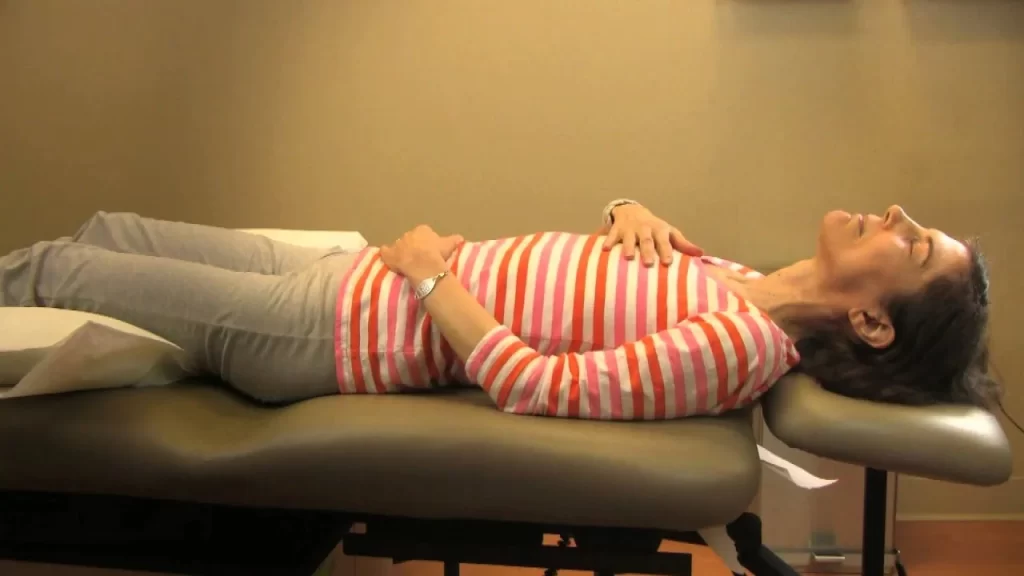
- Supine position
- Lie on your back on a balanced surface (or in bed) with your knees flexed. You can utilize a pillow beneath your head and your knees for support if that’s more comfortable.
- Place one hand on your upper chest and the different on your stomach, just below your rib cage.
- Breathe in slowly through your nose, permitting the air in deeply, towards your lower belly. The hand on your chest should stay even, while the one on your belly should increase.
- Pull your abdominal muscles and permit them to fall inward as you exhale through pursed lips. The hand on your belly should push down to its initial position.
You can even rehearse this sitting in a seat, with your knees bent and your shoulders, head, and neck comfortable. Training for 5 to 10 minutes, several periods a day if possible.
- Sitting position
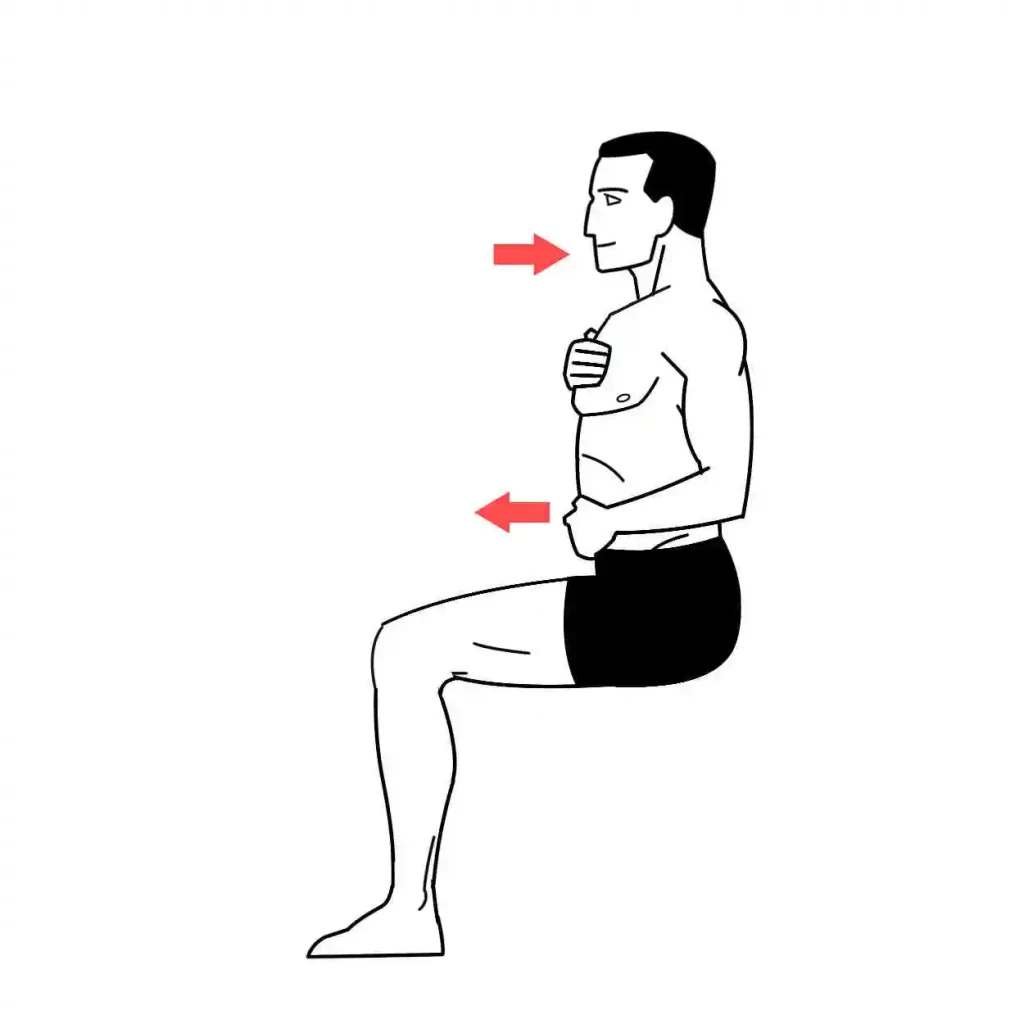
- Sit up directly in a chair and improve the distance between your umbilicus and sternum.
- Maintain your shoulders relaxed.
- Hold the pelvis in a neutral position (Sit on your sitting bones).
Breathe slowly through your nose. As you inhale feel your ribs growing outwards and upwards. During inhalation, the trunk extended in three directions: front, sides, and back.
Precautions
- Never permit a patient to force expiration. Expiration should be relaxed or lightly maintained.
- Forced expiration only expands turbulence in the airways, leading to bronchospasm and increased airway limitation.
- Do not allow a patient to take a highly long expiration. This causes the patient to inhale the next inspiration. The patient’s breathing rhythm becomes irregular and insufficient as a result.
- Do not permit the patient to create inspiration with accessory muscles and the upper chest.
- Let the patient achieve in-depth breathing for just three or four inspirations and expirations at a time to avoid hyperventilation.
How to do it?
There are different shapes of diaphragmatic breathing. Basic diaphragmatic breathing is the easiest form to achieve basic diaphragmatic breathing,
follow the instructions below:
- Lie down on a flat surface with a cushion beneath the head and pillows beneath the knees.
- Pillows will help hold the body in a comfortable position.
- Place your hands in the middle of your upper chest.
- Put the other hand on the belly, just under the rib cage but above the diaphragm.
- exhale, stretch the abdominal muscles, and permit the belly to slip under while exhaling via pursed lips. Again, the chest should stay consistent.
Indications
- Post-operative pain
- Airway obstruction (COPD, asthma)
- Respite apnea
- Atelectasis
- restriction caused by musculoskeletal abnormalities or obesity
- patient with strength weakness.
- techniques such as thoracic or abdominal surgeries.
Benefits
Diaphragmatic breathing allows a person to use the diaphragm fully while breathing. This may have several health benefits, including:
- Maintaining the strength of the diaphragm
- Enhancing stability in the core muscles
- Reduces stress and anxiety
- Improves lung function and oxygen exchange
- Can be used as a coping mechanism during challenging situations.
- Restricting the breathing rate
- Decreasing heart rate and blood pressure
- Decreasing oxygen demand
- Encouraging relaxation
What conditions can it help with?
Diaphragmatic breathing may exist helpful for a range of essentials. The subsequent sections will outline these in adequate detail.
- Stress and anxiety
The term chronic obstructive pulmonary disease (COPD) guides to a group of lung diseases in which diaphragmatic breathing decreases levels of the stress hormone cortisol in the body. As a result, it may help decrease indicators of stress and strain orders that affect people’s breathing.
- Chronic obstructive pulmonary diseases.
In COPD, the airways within the lungs evolve impaired and inflamed, obstructing airflow in and out of the lungs. The body attempts to compensate for this deficiency by employing the muscles in the back, neck, and shoulders while breathing.
People with COPD should preferably perform diaphragmatic breathing under the guidance of a healthcare specialist.
- Asthma
Asthma is a chronic lung disease in which certain stimuli cause the airways to become swollen and inflamed. This produces it complicated for air to push in and out of the lungs.
People who use asthma drugs frequently continue to experience symptoms and have a low quality of life (QOL). The analysis found that breathing exercises might be a beneficial alternative therapy for those with chronic asthma.
Risks
- Diaphragmatic breathing is not always effective as an individual therapy. People should not depend on diaphragmatic breathing independently to treat disorders such as anxiety, asthma, or COPD.
- If you don’t feel the medication is working, diaphragmatic breathing can make stress symptoms worse.
- Individuals who feel stressed can practice diaphragmatic breathing, but they ought to speak to their doctor about efficient pressure medicines.
- People with respiratory conditions such as asthma or COPD should be careful when practicing diaphragmatic breathing.
- People will need to build up the exercise slowly to see the advantages.
Additional treatments
Treatments for anxiety include:
- antianxiety medicines
- relaxation treatments
- speaking therapies
- mental behavioral treatment
Therapies for COPD have medications and pulmonary restoration.
Other deep breathing exercises
1] Rib-stretch breathing
The rib stretch is another useful resonant breathing exercise to help you grow your drag into your rib cage. Here’s how to do it:
- Stand or sit erect.
- Traverse your arms over your chest and put your palms on either side of your rib cage.
- Without moving or pushing, breathe in through your nose until you can’t take in any more additional air.
- Feel your ribs extend into your hands as you do so.
- Keep your breath for 5 to 10 seconds.
- Breathe out gradually through your mouth. You can accomplish this normally or with pursed lips.
2] Numbered breathing
Numbered breathing is a useful exercise for achieving control over your breathing patterns. Here’s how you can do it:
- Sit or stand erect and close or rest your eyes.
- Without pulling or pushing, breathe in through your nose until you can’t take in any additional air.
- Exhale until all the air is removed from your lungs. Holding your eyes closed, fully inhale also.
- Hold the air in your lungs for a few seconds, then allow it all out.
- calculate that as breath one.
- Inhale completely again.
- Hold for a few seconds, then exhale it all out. Calculate that as breath two.
- Inhale completely, hold your breath, then exhale, and repeat. Calculate that as breath three.
- Repeat these actions until you’ve achieved 10 breaths.
Feel free to calculate more increases if you are confident in your estimate. For an added awareness component, if you unintentionally calculate past 10, you can start over from 1.
3] Lower-back breathing
Breathing with your lower back or breathing through your kidneys can help prepare you to breathe in a sphere instead of just exhaling and inhaling.
- With your thumbs resting on the tops of your hip bones, place your hands on your lower back. Your hands will be approximately similar to your kidneys.
- Inhale slowly through your nose and focus on “directing” the breath into your hand at your waist.
- You can very slightly tighten your stomach to emphasize the movement in your lower back.
- You may feel a nearly indetectable movement in your lower back, or you may sense no movement at all.
- Exhale gradually through your nose or mouth, permitting your stomach and sides of your abdomen to naturally contract.
- Inhale again and concentrate on developing your lower back into your hands.
- Exhale and discharge the breath completely.
Duplicate the process for 10 cycles.
Note: You can’t breathe into your back or abdomen. You can only breathe into your lungs. This exercise involves using the expansion of your lungs within the body to support and promote sensation and action in the lower back.
4] Box breathing
Box breathing is also understood as square breathing. This is because each of the four phases involves breathing or controlling the breath for 4 seconds, creating a 4×4 effect.
- Sit or stand erect.
- exhale through your mouth, obtaining all the oxygen out of your lungs.
- Inhale as you count gradually to four in your head, sufficing your lungs without strain.
- Keep your breath while calculating slowly to four.
- Exhale and release the breath gradually to the count of four.
- Keep your breath out for the count of four.
- Repeat the cycle 5 to 10 times.
5] 4-7-8 breathing
The 4-7-8 breathing practice is based on an antique yogic method called pranayama.
- Allow your lips to separate only a little. Exhale completely via your mouth, making a bursting sound.
- Close your lips and inhale silently through your nose as you estimate to four in your head, supplying the lungs without strain.
- Keep your breath for 7 seconds…
Repeat for 5 to 10
Summary
As with learning anything new, it can be difficult to practice diaphragmatic breathing the first few times. take one and spend a few minutes each day practicing this new skill. This has many benefits and benefits for your overall health. Relax and talk to your doctor about diaphragmatic disorders if you have symptoms such as COPD, asthma, or anxiety. Breathe to see if it suits you.
FAQ
strengthening the diaphragm.
improving strength in the core muscles.
slowing the breathing rate.
lowering heart rate and blood pressure.
reducing oxygen demand.
promoting relaxation.
A relaxation method in which a person focuses on taking slow, deep breaths. Diaphragmatic breathing involves using your diaphragm (the thin muscle that separates your chest from your abdomen) and your abdominal muscles to slowly inhale through your nose and exhale through your mouth.
This process slows down your breathing, allowing you to regulate your breathing and reduce the energy required to breathe. When you feel short of breath, belly breathing allows get more oxygen into your lungs and relaxes you so you can sufficiently control your breath.
A simple understanding of diaphragmatic breathing is accomplished in Shavasana (relaxation pose).
The diaphragm too contributes to vocalization and swallowing, as well as respiration. Its dysfunction is associated with different disorders, such as respiratory deficiency, exercise intolerance, sleep disorder, and potential mortality.

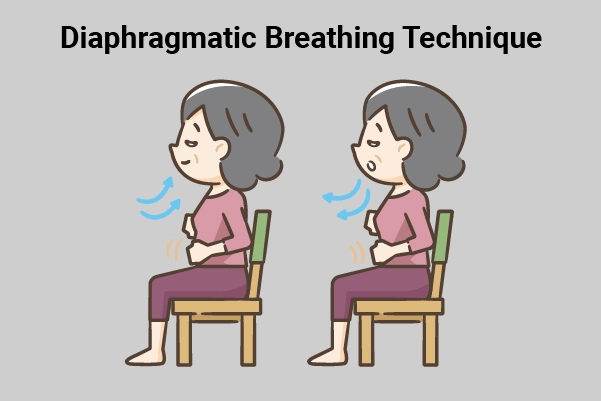

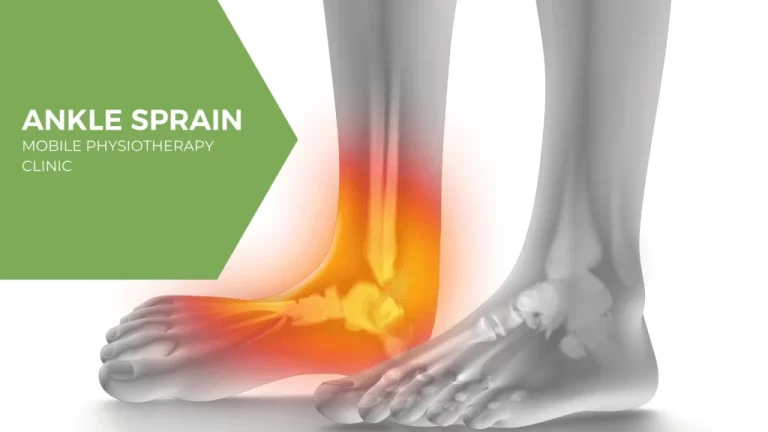


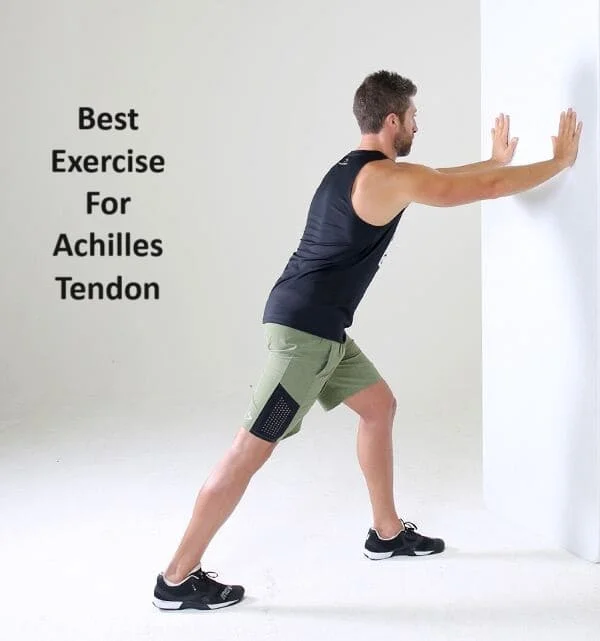
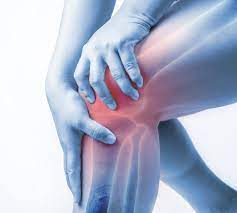
2 Comments